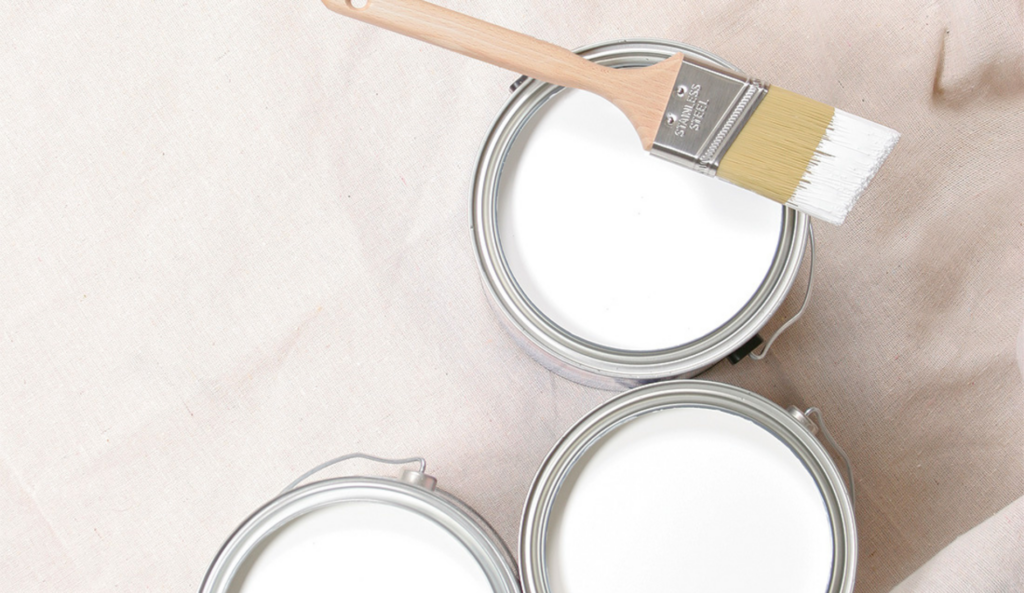Are you a homeowner who is considering using oil based paints for your home improvement projects? If so, then this guide is perfect for you! We’ll provide all the information that you need to know about oil-based paints, from their advantages and disadvantages to how they should be applied. With our comprehensive guide, we’ll help take away any doubts or confusion that may come up when deciding whether or not it is right for your project. Get ready to become an expert!
What is an oil based paint and what are its advantages and disadvantages
Advantages:
- These paints have greater durability and a longer-lasting finish, as the oils in the paint help it adhere better to surfaces.
- It contains mildewcide, which helps to minimize the growth of mildew, making them great for areas prone to humidity or moisture.
- They provide improved adhesion on surfaces, so they are more reliable and less likely to peel or crack over time.
- These paints require special equipment when applying, such as brushes or rollers specifically designed for use with oil-based products. This increases the accuracy of application and overall quality of the finish.
- Oil-based paints may be more aesthetically pleasing due to their glossy sheen.
- Finally, oil-based paints offer superior protection against moisture and heat damage when compared with latex options.
Disadvantages:
- These paints can be difficult to work with and clean up, as the paint is made using solvent-based ingredients. This means that special precautions must be taken when using oil-based paints, such as wearing protective gloves, eyewear, and a mask while painting.
- It take longer to dry than water-based paints and have an unpleasant smell due to the release of volatile organic compounds (VOCs) in the air. The VOCs released by oil-based paints could pose a health risk if inhaled over long periods of time.
- They tend to be more expensive than water-based paints and may require additional equipment for proper application – such as a brush or roller specifically designed for use with oil-based products.
- After being applied to walls or other surfaces, oil-based paints generally require more maintenance than water-based options. They are also more susceptible to cracking and peeling over time compared to latex products.
Tips on proper application, from start to finish
- Follow all safety precautions such as wearing protective gloves, eyewear and a mask when applying oil-based paint.
- Prep the surface for painting by removing any old paint layers and sanding down if necessary.
- Apply primer to help ensure proper adhesion of the oil-based paint to the surface.
- Mix your paint thoroughly before use, making sure that it is completely blended together in its container.
- Use a brush or roller specifically designed for use with oil-based products for best results when applying your finished product.
- Finally, allow plenty of time for drying (up to 24 hours) before touching up or adding additional coats of finish
Common mistakes made when using oil based paints, and how to avoid them
If oil-based paints come with the promise of a long-lasting, glossy finish, why are so many people making mistakes in using them? Well, it’s mostly because oil-based paints require some extra steps compared to regular latex or water-based paints. From using the right primer to wait times between coats, oil-based paint jobs can feel like a tedious task. It’s easy to rush through it and end up with an unsatisfactory result. Therefore, it’s essential to follow each instruction carefully, from prepping the surface correctly to making sure you give enough time for drying and curing. Otherwise, you could end up with a sticky mess or improper adhesion! In short, oil-based paints may be more challenging than your average DIY project – but if done right will provide you with that perfect finish you’ve been dreaming of.
How long do they last compared to other types of finishes
These paints have been around since the invention of paint, so you can assume they last forever, right? Wrong! Although oil-based finishes create a very durable, long lasting protective coating, they are not invincible. Oil-based paints may start to deteriorate faster than water-based finishes due to fading or yellowing from exposure to sunlight and water. Not only that, oil-based paints can also lose their shine over time. However, they do provide excellent protection and durability when maintained properly so don’t be discouraged! With proper maintenance, oil based alkyd paint can offer exceptional results for years and years to come.
Contact Our Professional Painters
At Cova Painting, we offer quality paint jobs for both your exterior and interior surfaces. Our experienced team is here to provide expert advice on oil-based paints so you can achieve a lasting finish. With years of knowledge in commercial and residential painting projects, let us help bring life back into your home! Contact us now to learn more about our services.


